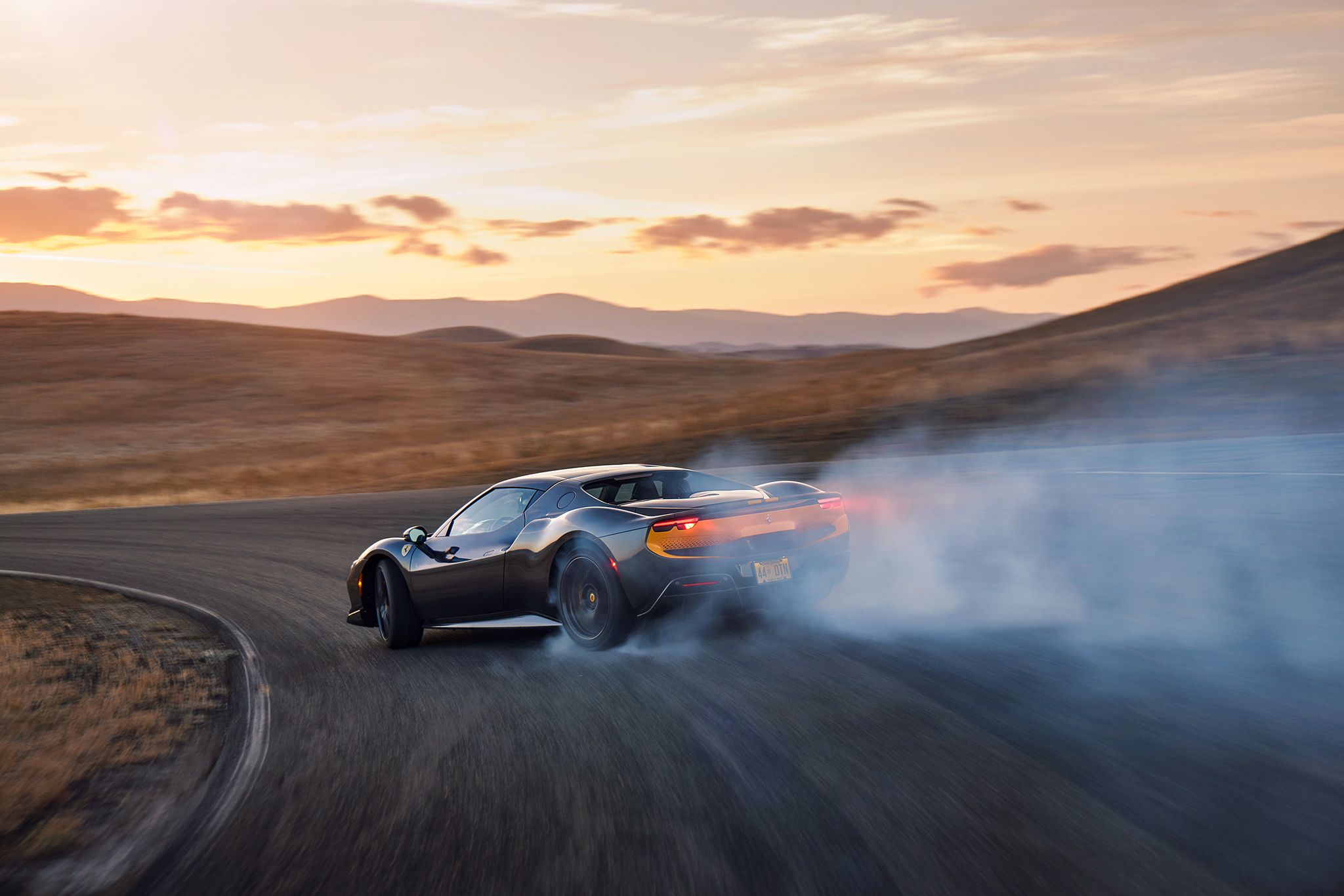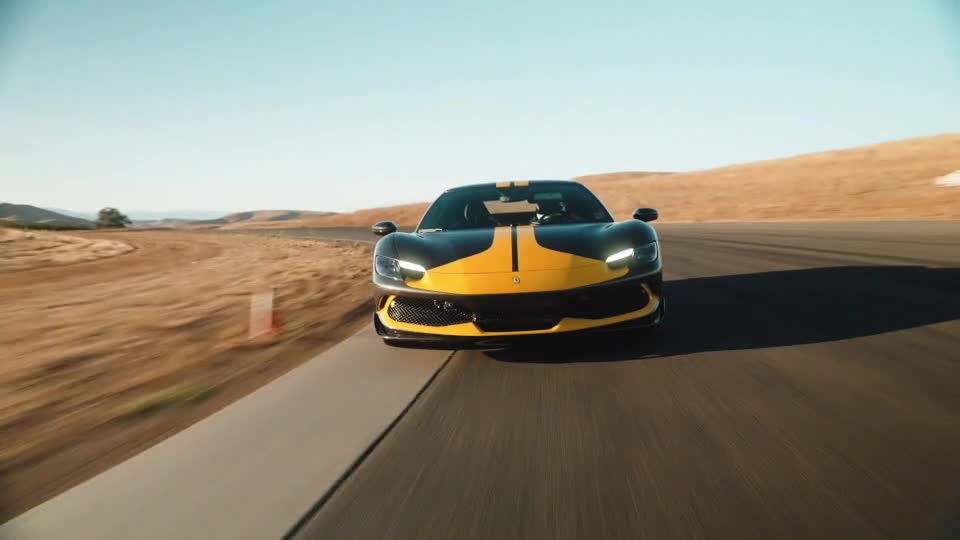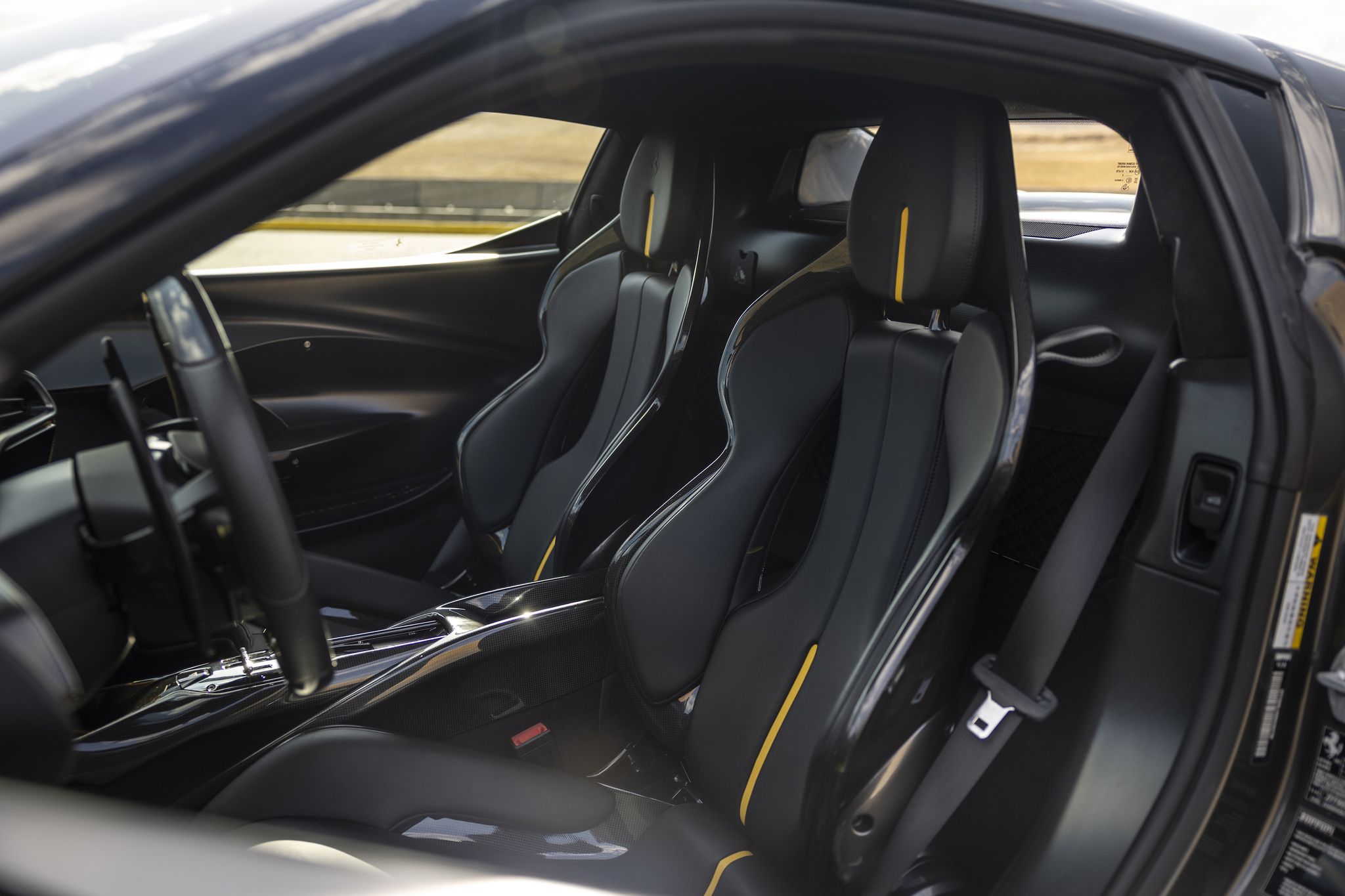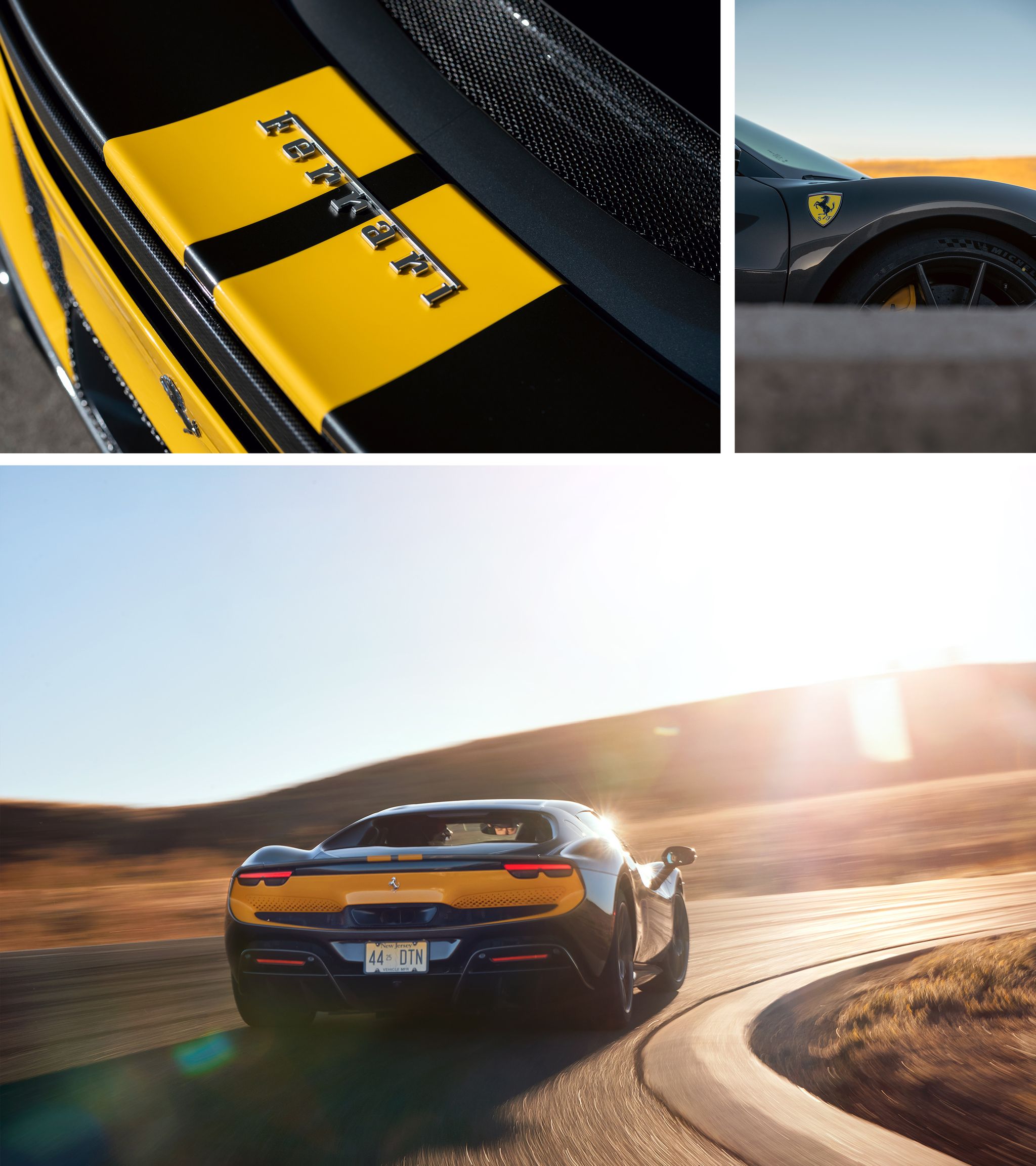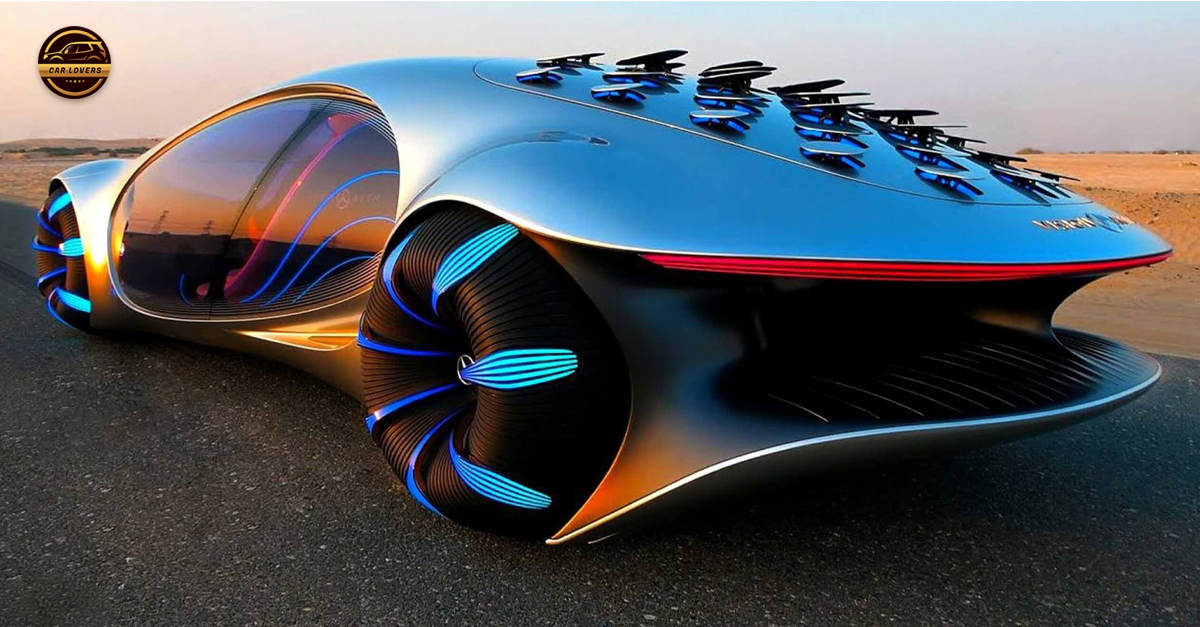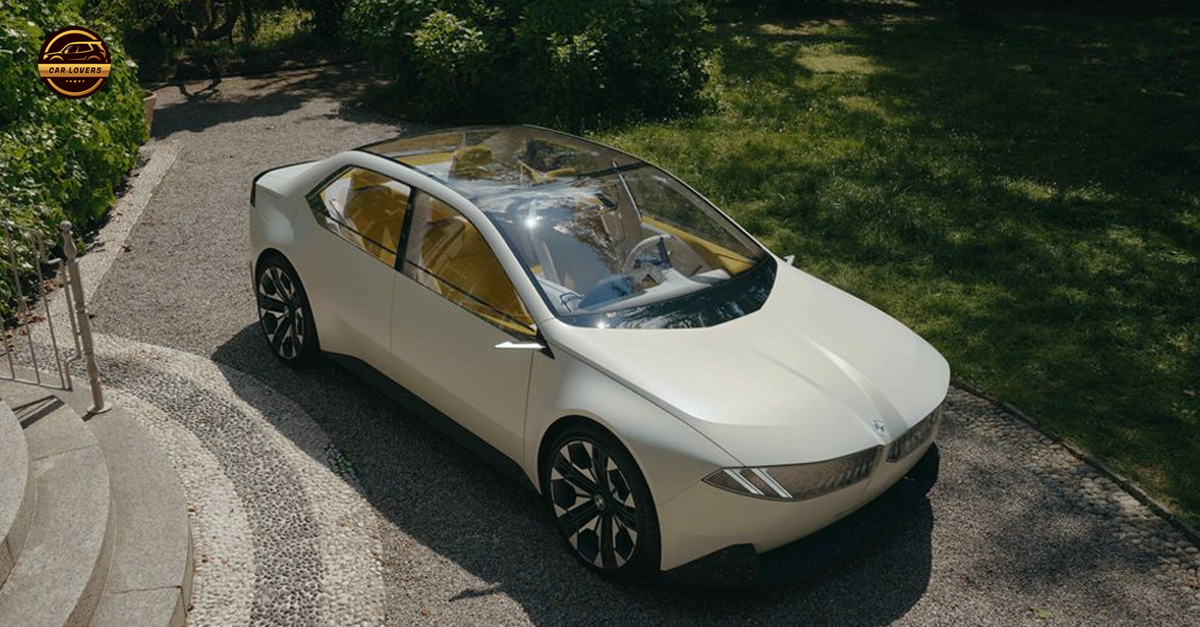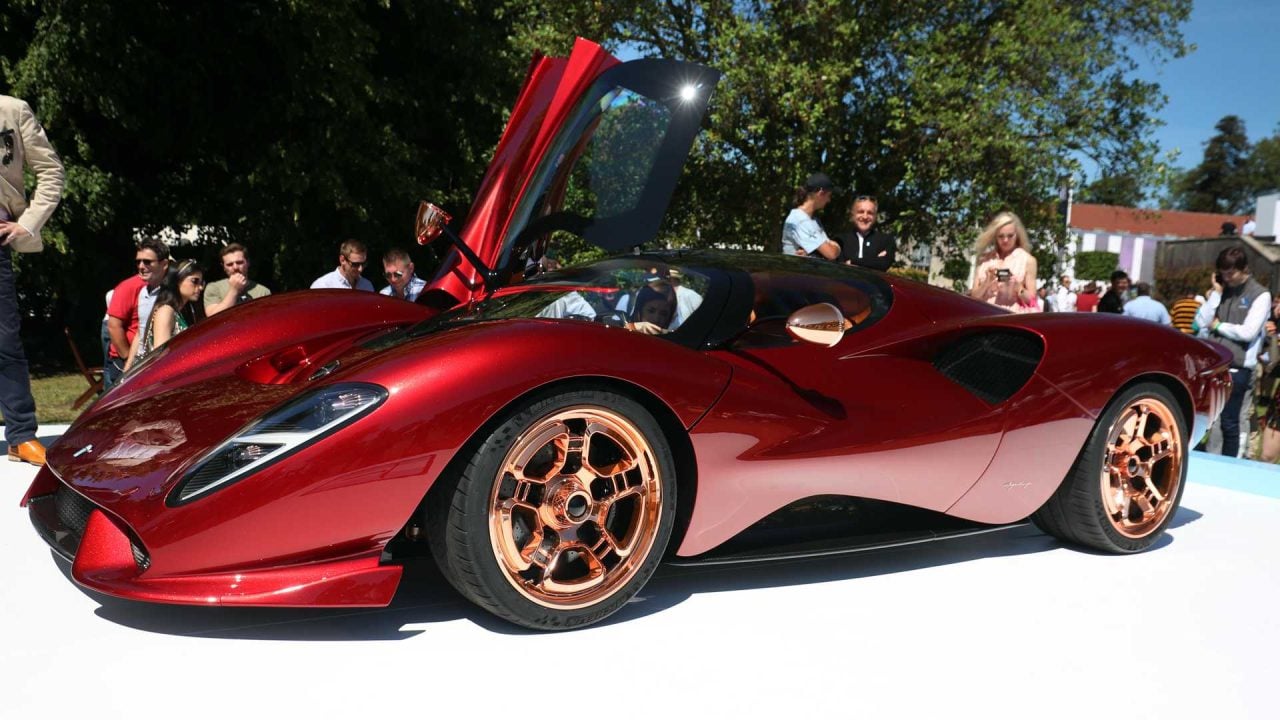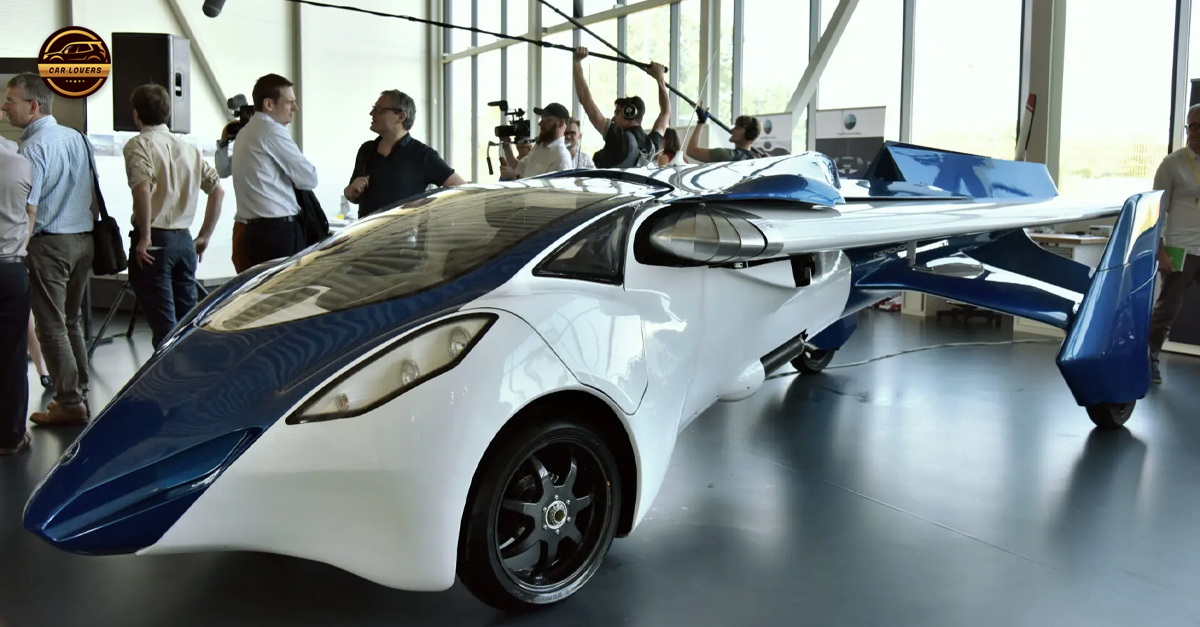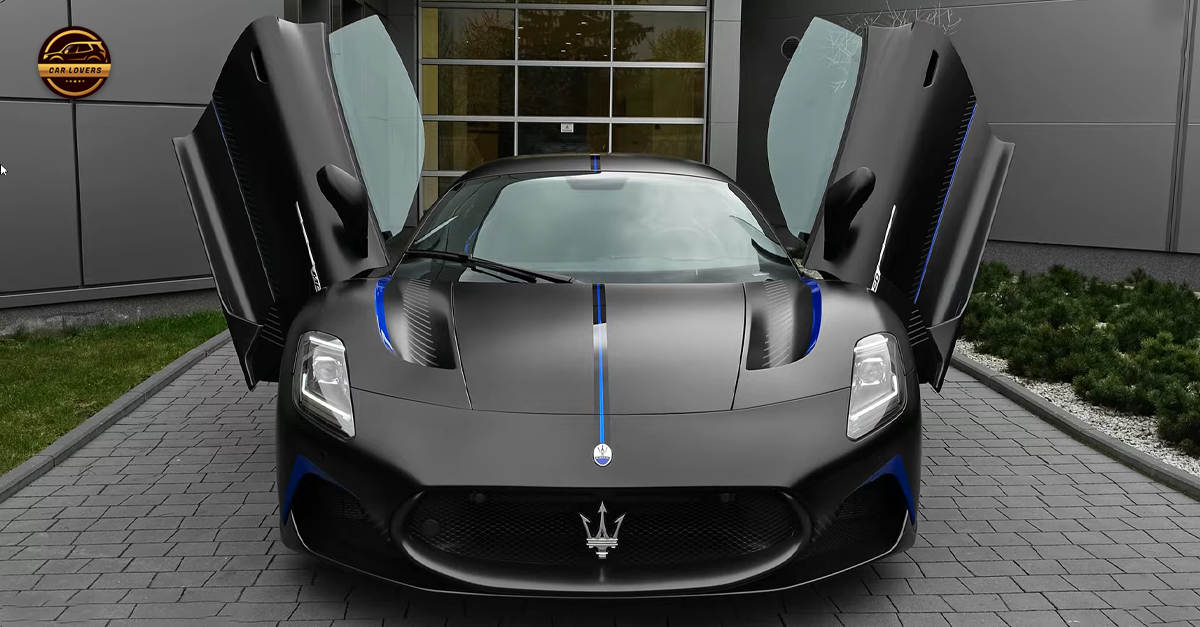I do not want to like this car. I want to hate it. More than anything, I hate its idea. This is another half-million-dollar car that’s even faster than the last one, which was twice as fast as any playboy can handle. It’s another exclusivity metric, dividing the haves from the have-nots. Another object more owned than experienced. It’s when you do drive one, though, actually experience it, that it all starts to make sense.
At its core, a faster supercar is ridiculous. The 2010 Ferrari 458 Italia made 562 hp and hit 60 in 3.3 seconds. Did people complain that it was slow? Of course not. But McLaren beats Ferrari and then Mercedes starts delivering 600 horsepower supercoupes and soon enough you can get it in a Dodge. At the same time Porsche plots and plans and usurps ‘Ring records and chases the same nine-figure-net-worths that form Marnello’s core clientele. Ferraris cannot be slower than the rest, so they get fast. This one has 819 hp. It hits 60 in 2.4 seconds. The experience hurts the neck.
I will let you in on a secret. Most 700-hp cars are not very good. The vast majority are too skittish or unpredictable to drive confidently on the street, and actually exploring their limits on track is a task best left to those with underdeveloped fear centers in their brains. Unless you’ve had countless hours of instruction and practice with high-hp metal, you are just not going to get all there is to get out of something like a Mercedes-AMG GT Black Series. I’ve tried.
The Ferrari, I’m told, is different. From the moment the Ferrari minder begins showing me the controls, I can tell it’s true. Most supercar manufacturers do not want anyone without racing experience disabling traction control on their 700-hp press cars. I tell the guy responsible for the 800-hp Ferrari that I probably won’t use the “RACE”, “CT OFF,” or “ESC OFF” settings on the Manettino drive-select switch. To my surprise, he nudges me on. “The car’s personality is different in every mode,” he says, so start easy and explore.
The car barks to life, its double-wide 120-degree V-6 still dramatic to hear, turbos and all. I set off in Sport, and the car feels impossibly light underneath me. Traction and stability control stand at the ready, but the car is awake and agile in my hands. The thrust is immense from a standstill, like an electric car. But the party never dies. As the V-6 soars to redline, as the eight-speed snaps off gearchanges without a perceptible reduction in power, the car never hesitates, never lets you see it sweat. Forget 819 hp. Forget 546 lb-ft of torque. The only power figure you need to know is that the Ferrari always has enough kick to blur the edge of your vision.
This is where the big power pays off. From 0-60, there’s little gut-feel difference between a car that hits 60 in 2.4 seconds and a car that takes 3. But beyond 60, beyond 90, beyond 110, it is the inexhaustibility of the 296 that makes its power charming. It doesn’t take you aback sometimes; it is perpetually ready to blow you away. At the same time, it feels approachable. An 800-hp Miata, talking to me through its steering wheel, through its subtlest of body motions, through my ass and my ears and nose I swear to God I can almost taste something in the air.
So I switch it to Race, and the car reveals more to me. It dials back intervention, quickens up its reactions, sets everything serious. The wall between me and an impossibly expensive hybrid $507,751 supercar gets incredibly thin, translucent. The car is making decisions faster than I can process them, but keeping me informed. There’s speed and drama and a tiny bit of ass-shaking, hand-tightening sliding, enough squirm in corner exits to keep you in check. Enough rope that there are consequences. Enough sense not to let you get in real trouble.
I click the Manettino one more to the right. CT off. No traction control. ESC reduced into a special mode, where instead of pulling power to negate slides it adjusts power delivery to dampen the yaw rate of the car. In other words, it’ll slide, but not so quickly that you can’t catch it. Drift mode with some of the Forza-assists enabled.
With each click to the right the car feels lighter. There is the awareness that the car is no longer walling off certain areas of exploration. It is a half-million-dollar car I don’t own, and it is now begging me to get on the gas a little sooner, to turn a little harder, to brake a little later. If I overestimate it – scratch that, myself – it will slide, and I will have to catch it, but it wants me to know that I can. It is not just fast or fun or cool, it is downright friendly. It wants to play.
So I let it. On the tightest corner in Thunderhill, I get on throttle when I know it’s too early, and feel the back end glide out from underneath me. A tiny throttle adjustment, quick hands, and a direct connection with the car make it an easy save. No sweat. Try again next time. Or all day. Who cares? It’s a car. Have some fun with it.
This is what a great sports car does. And it’s something I find almost entirely lacking at the high end of the market. For those who have run endurance races, who have put 100 laps down on the same track until they could get it right, for those who live to drive, there is so much to get out of a 700-hp McLaren or Mercedes or what-the-hell-ever-else, but you have to be willing to push harder than any owner really does. How often do you really see supercars at track days? How often are the drivers good? The cars are too scary to drive at their limits for most, too expensive to drive hard, and too valuable to risk abusing. It’s a category of objects, not tools.
That ruins the charm for me. But in the Ferrari 296 GTB, I found it again. I hated supercars because I believed they were excessive status symbols and too fast for their own good. I still believe both points. Somehow I’m still glad the 296 GTB exists, and that it’ll be a success. Because, yes, I think our endless obsession with horsepower is bad. But if every car company is going to make 819-hp cars, I’m glad there’s one of them out there that knows how to make them great.
